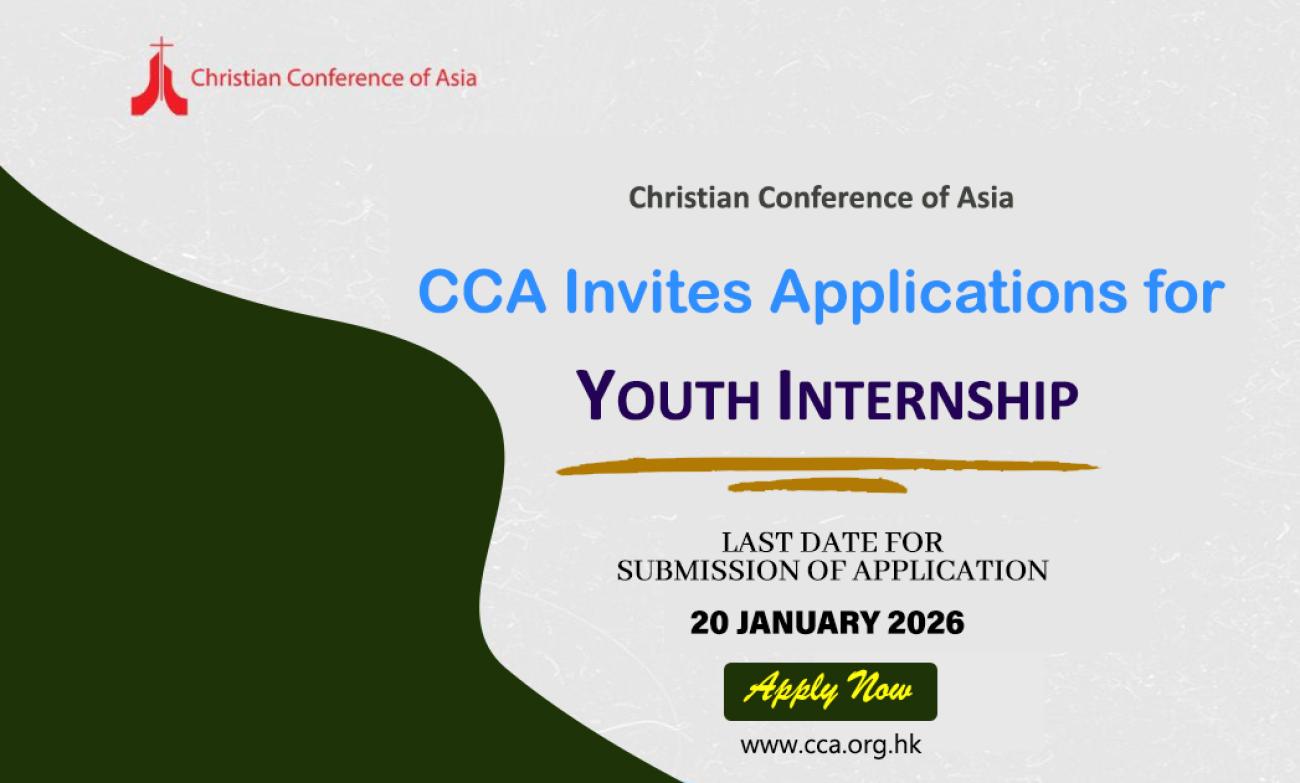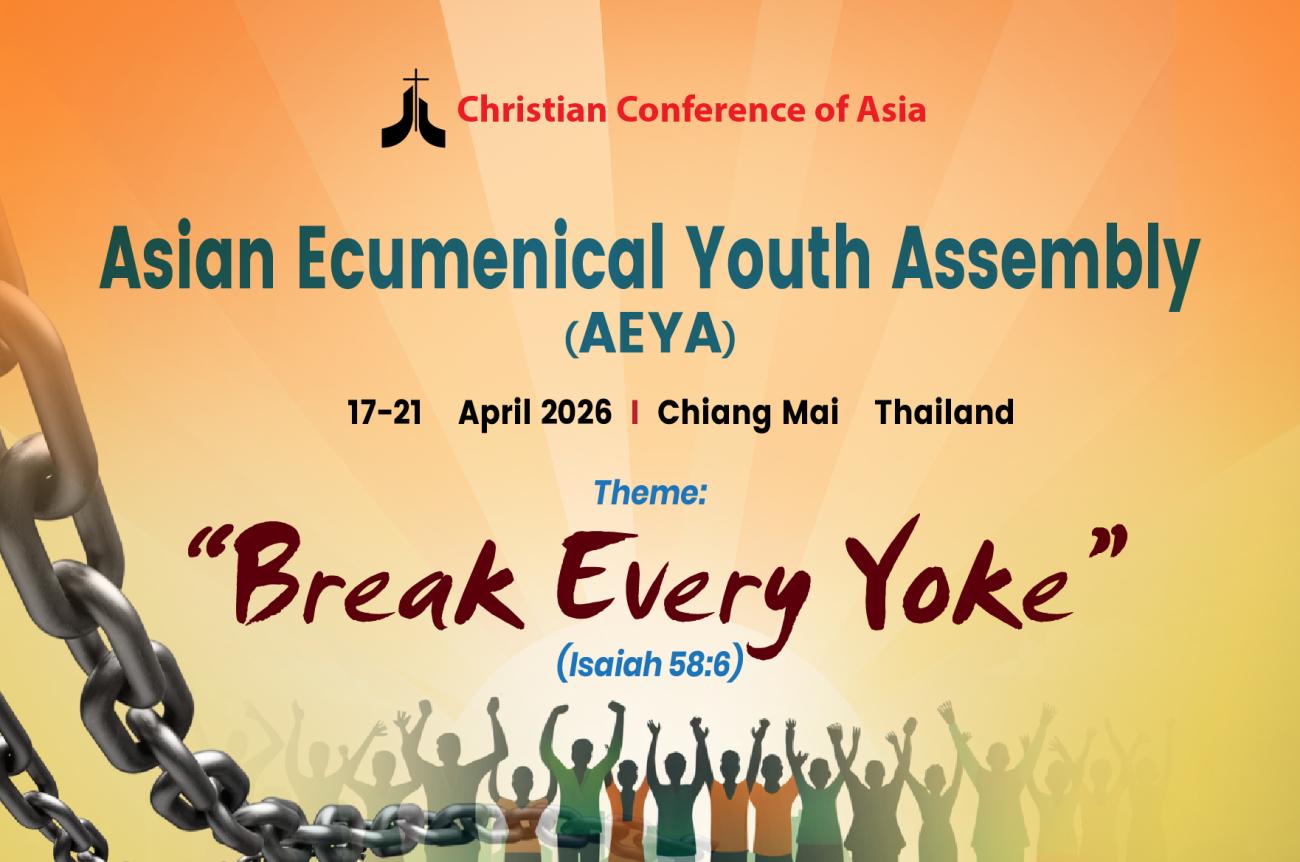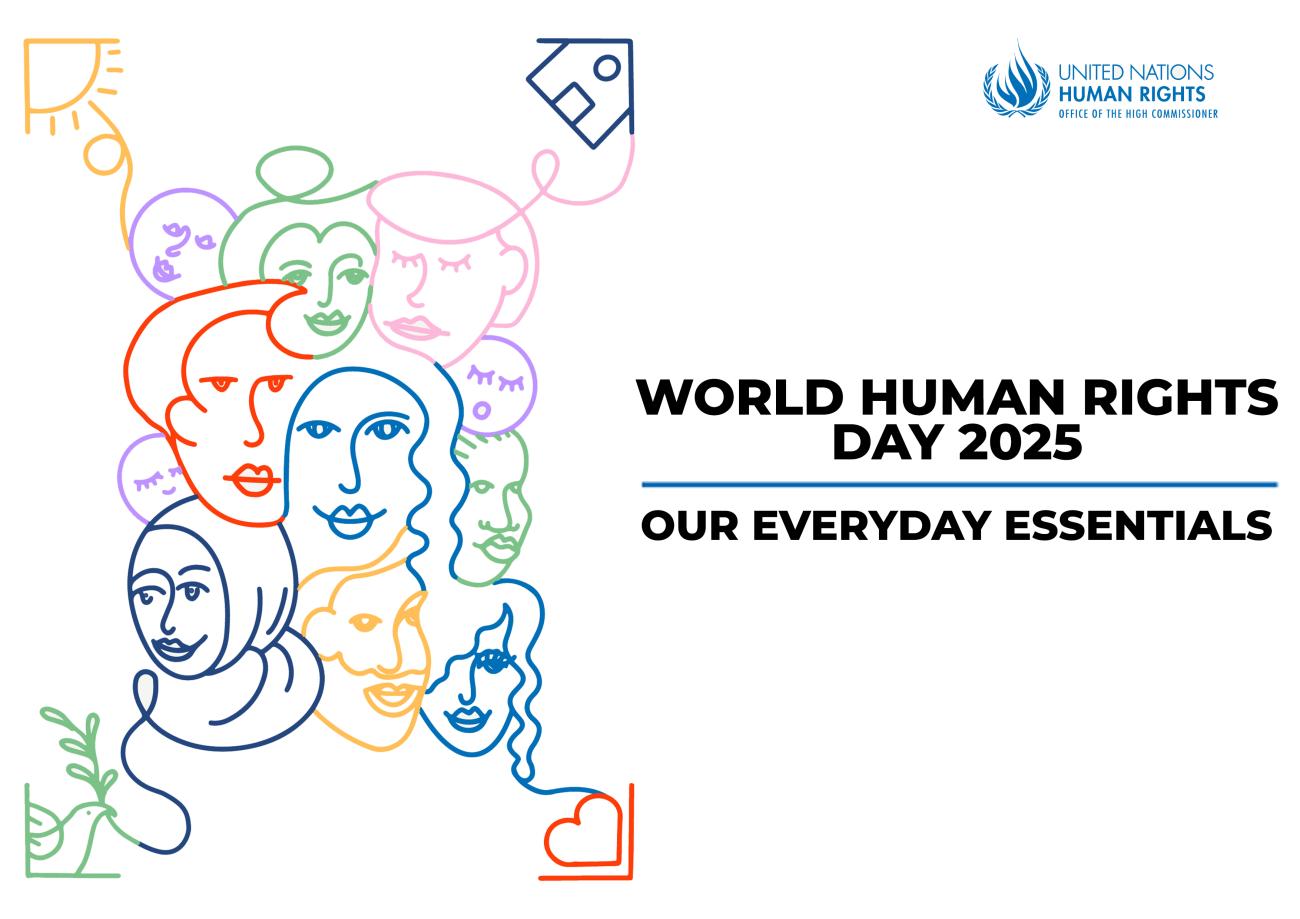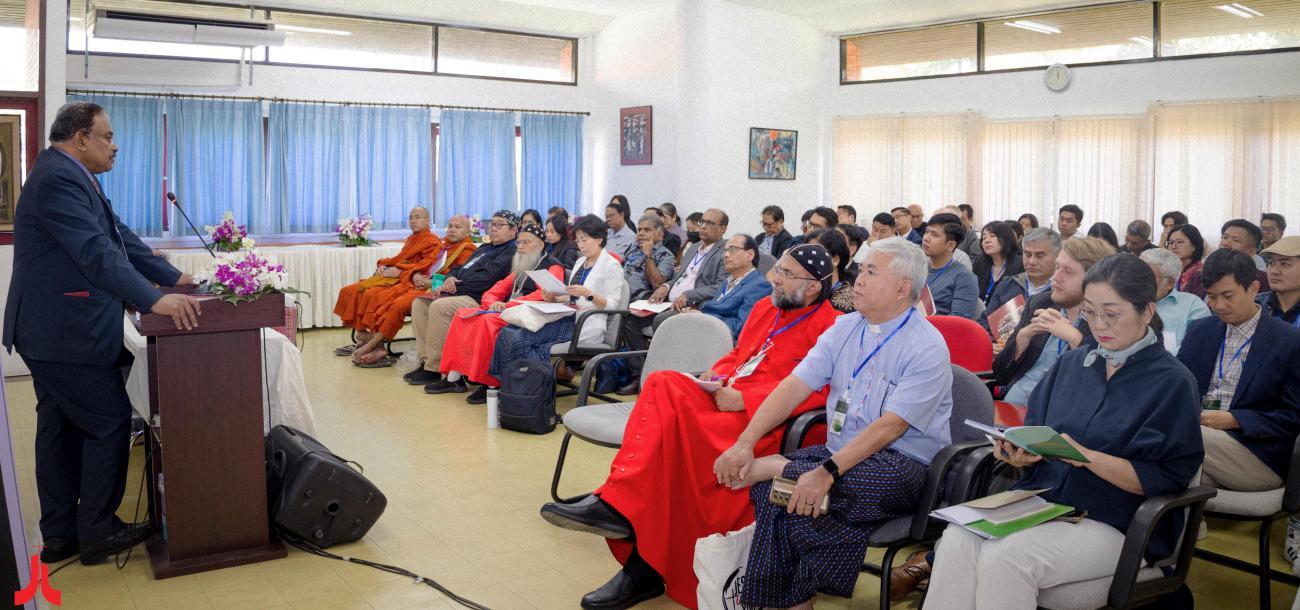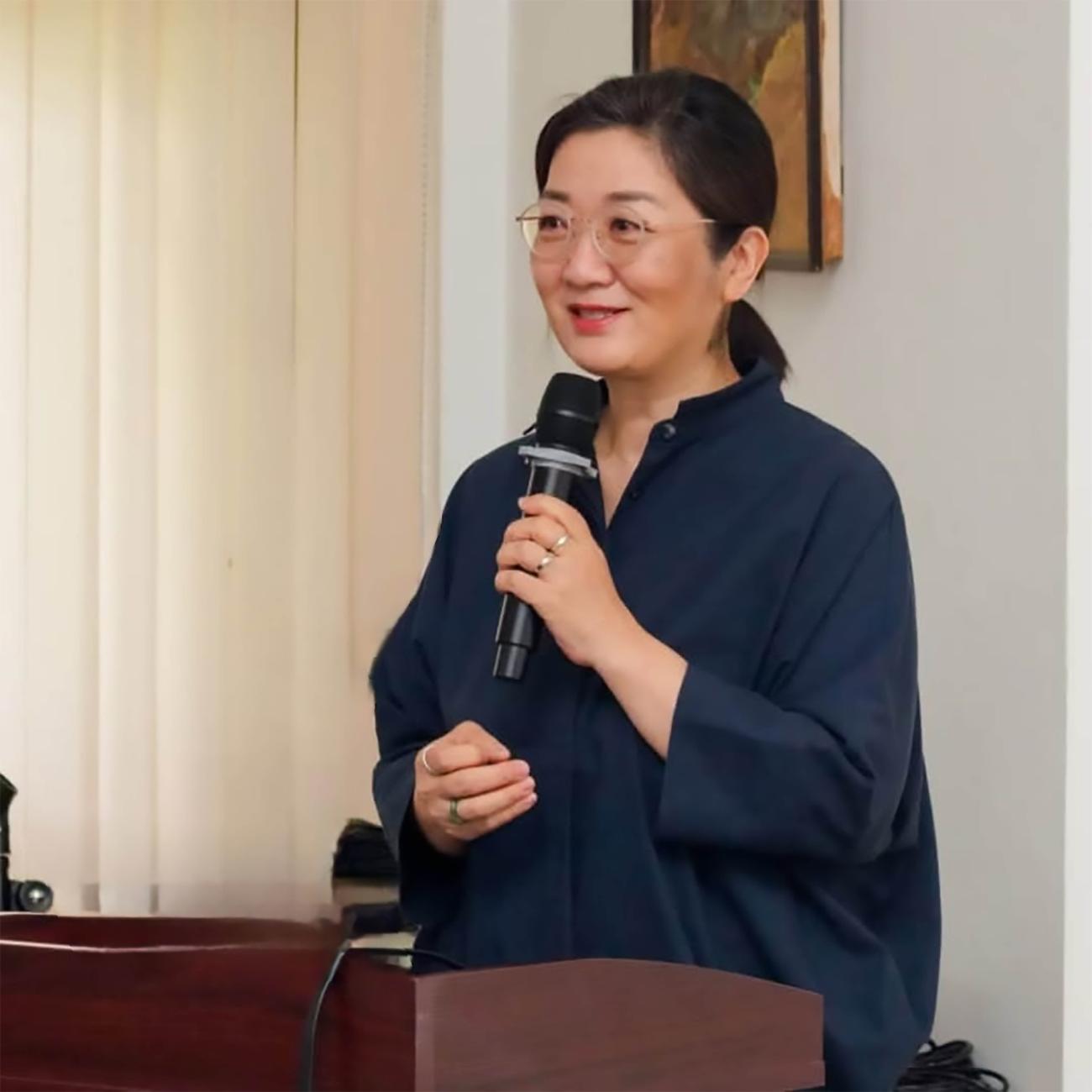A Statement
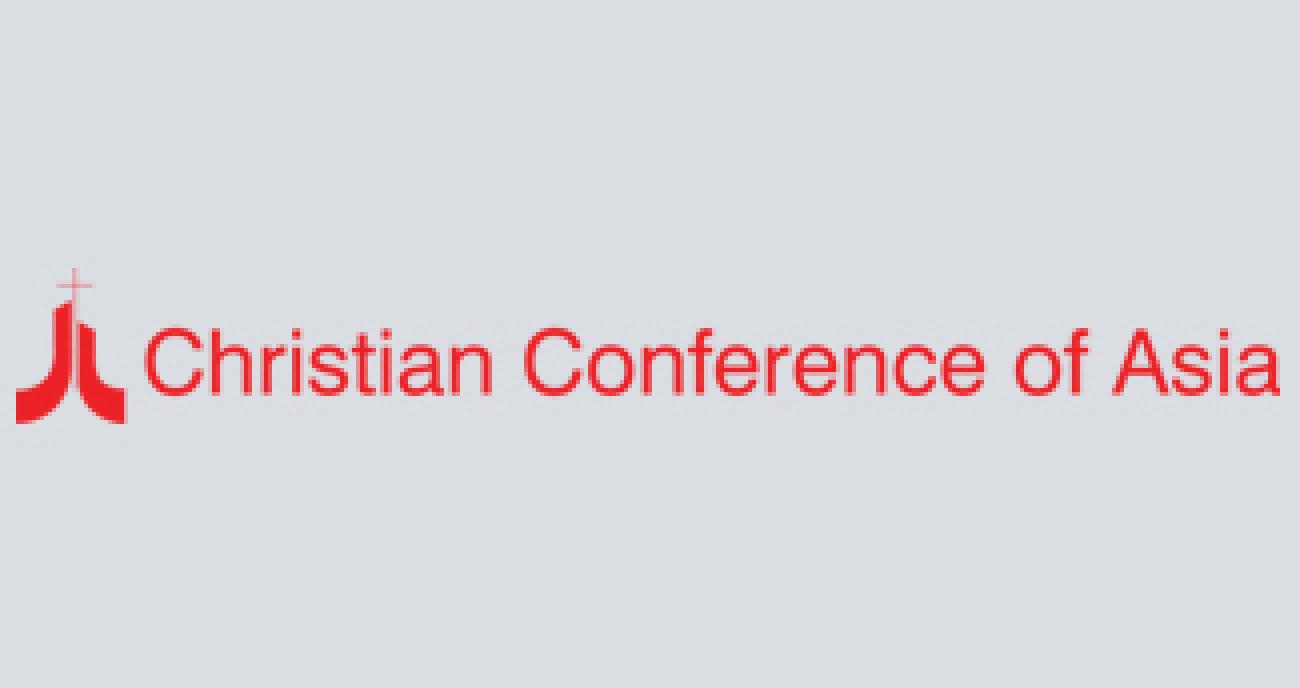
from a youth consultation on living our faiths in community
Young people as peace makers and culture bearers
We, 48 participants from Sri Lanka, Cambodia, Thailand, Laos, Philippines, India, Bangladesh, Taiwan, Indonesia, Hong Kong and America met in Henry Martyn Institute at Aman Shanti Nilayam-Shivrampally Hyderabad, India from 5-11 September 2004 to attend a consultation on 'Living our Faiths in Community' organized by APAY, CCA and EED. We came from regions and countries ravished by wars, conflict and violence, and representing different faiths, belief systems and ethnicities. During the five days, we explored, shared and deliberated on how our different religions can be used to promote peace, harmony and unity in our communities, region and the world.
We acknowledge the presence of a unifying power of compassion and love in our lives and our work which brings us together to work for justice, peace and harmony. Our rootedness in this belief is what motivated us to gather here as a multi-faith, multi-ethnic and multi-cultural community of young people to study the root causes of conflict and seek positive alternatives to bring about transformation. We also acknowledge that each of us has a significant role to play in co-creating a new and just world.
In the year 2000, the United Nations declared the following decade as the 'Decade of a Culture of Peace.' In reality the world, especially Asia, remains filled with conflict, violence and division. In the midst of these realities, we recognize that all religions promote unity, harmony, love, peace and tolerance and could play a significant role in helping realize the UN's 'Decade of a Culture of Peace'.
As we explored Asian realities through personal experiences and case studies from our respective regions, we identified five major issues that contribute to conflict and seriously impact the lives of all people in the region, especially the marginalized. These five issues are:
1 Globalization
We have seen the negative impact of those aspects of globalization that create unjust economic structures and relationships, preventing the vast majority of the people from enjoying the benefits of their own resources while filling the pockets of a powerful few.
2 Identity
The rise of chauvinism and dominance by majority groups in many countries has marginalized minority groups giving rise to power struggles. The response to these struggles is often more severe repression, further alienating the minority groups. Thus violence spirals further out of control..
3 Religion
Religion is often misunderstood, misinterpreted and misused by extremist groups, resulting in hostilities, mistrust, hatred and violence. Even though all religions teach tolerance and love, these misrepresentations dehumanize societies and breakdown conditions for peaceful co-existence.
4 Militarization
We observed that militarization does not provide people with a true sense of security and thus alternative forms of security, from local to the regional level, need to be explored and modeled by the interfaith community.
5 Patriarchy
Our social systems are deeply rooted in patriarchy and many of our religious institutions are sources that reinforce this injustice. This contributes to the marginalization of women, both in religious communities and in the society at large.
Our vision as youth is that religious communities of all faiths will come together in unity and cooperation to creatively address these identified issues. We as youth in Asia believe that it is our responsibility to work toward this vision by building a network that is multi-faith, multi-ethnic, multi-cultural and regional in nature.
From experiences shared through our case studies and discussions, we became more aware of our collective strength and potential in working for justice and peace at the local, national and regional levels. To more effectively utilize these strengths we need to build an interfaith regional network that can educate, organize and mobilize youth as agents of change. Through our lives and work, we will strive to be examples of an alternative society in which the five identified crucial issues are challenged and transformed.
This can be achieved by:
1.Conducting local, national and regional workshops/consultations that would provide skills and knowledge needed to address these issues.
2.Building national and regional inter-faith networks that can cooperatively respond to violence of all kinds and forms in the region.
3.Organizing public campaigns to pressurize governments, religious institutions/bodies and the civil society through creatively using all forms of media.
4.Creating spaces and platforms for interfaith dialogue and cooperation.
5.Utilizing development and social programs that respond to the felt needs of communities as a channel for raising awareness and organizing for action.
6.Setting up exposures, exchange visits and live-in experience programs for youth and grassroots communities.
7.Reaching out to support groups for financial aid and human resources that help sustain local and regional interfaith initiatives.
We further recommend to the international community that:
1.Assistance be given to organize workshops/consultations and other inter-faith youth programs to help strengthen and expand the regional network.
2.To help provide opportunities for interfaith youth of Asia to study and learn the skills and knowledge needed to build peace constituencies.
3.Support be given to establish an interfaith youth center for research, documentation, publication, and dissemination of information that can strengthen the work of youth in confronting the issues identified.
4.Help build interfaith spiritual centers that foster interfaith understanding, cooperation and inner transformation.
5.Governments, religious institutions and UN bodies be urged to support interfaith youth initiatives for justice and peace.
We urge that all women, young people and marginalized communities affected by political, economic, religious or social policies, be given a voice in decision-making processes.
May peace prevail in the world.

